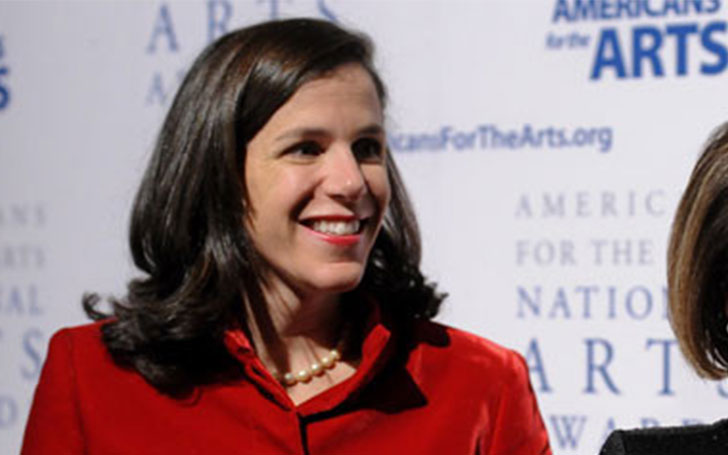According to senior administration officials who briefed the press late Tuesday, an unauthorized actor used deepfake audio technology to replicate Zients’ voice in a phone call to a senior aide. The imposter allegedly tried to elicit sensitive information regarding White House scheduling and staffing. The quick suspicion of the aide, who noticed subtle inconsistencies in the caller’s speech and context, led to the exposure of the attempt before any confidential information was revealed.
“This incident is a stark wakeup call about the dangers posed by rapidly evolving AI tools in the hands of bad actors,” said a senior cybersecurity advisor, speaking on condition of anonymity due to the sensitivity of the investigation. “It underscores the necessity of continually updating our security protocols and educating staff on emerging threats.”
AI Voice Cloning: A New Era of Threats
AI voice synthesis technology, once the domain of research labs, has become increasingly accessible over the past year. Criminals now leverage these tools to convincingly mimic voices in real-time, often using samples harvested from public speeches or media appearances. Industry experts warn that as the technology becomes cheaper and easier to use, institutions and companies are at increased risk.
Jake Williams, a noted cybersecurity expert and former NSA analyst, commented, “It’s getting harder to distinguish between a real call and an AI-generated fake. The challenge is not just for the White House, but for public and private sector leaders worldwide.”
According to a 2023 study by the cybersecurity firm Palo Alto Networks, AI-driven phishing attacks—including voice impersonation—rose by over 30% in the past year, with financial and government sectors being primary targets.
Government Response and Security Upgrades
White House spokesperson Karine Jean-Pierre acknowledged the incident in a Wednesday morning press briefing, emphasizing that “no classified information was disclosed and no critical systems were compromised.” She outlined immediate steps taken since the event, including enhanced authentication for verbal communications and additional training for staff on identifying social engineering techniques.
The Department of Homeland Security (DHS) is reportedly reviewing communication protocols across agencies. “Every organization needs to assume that familiar voices on the other side of the phone may not be who they appear to be,” said DHS Cybersecurity Director Alejandro Mayorkas. “Multi-factor authentication needs to extend beyond email and logins to verbal communications as well.”
Broader Implications and Calls for Regulation
This incident intensifies ongoing debates about how to regulate commercial access to AI voice and imagery tools. While AI-powered technologies offer benefits for accessibility and media production, their abuse for misinformation and fraud is increasingly common.
Dr. Lisa Feldman, a professor of AI ethics at Georgetown University, said, “The accessibility of voice deepfakes erodes trust not only in personal communications but in democratic institutions. There must be standards for watermarking or authenticating official messages.”
Lawmakers are already calling for action. Senator Chris Coons (D-DE), a member of the Senate Judiciary Committee, reiterated his demand for a federal framework governing the use and export of AI protocols. “If we don’t get ahead of this, we risk destabilizing everything from elections to national security,” said Coons.
What Can Organizations Do Now?
Cybersecurity consultants recommend several steps to counteract these emerging threats:
Implement verbal code phrases for sensitive communications.
Educate staff about AI impersonation red flags.
Use real-time voice authentication tools where feasible.
Limit public availability of high-quality voice samples of key personnel.
“Everyone in positions of authority—government or business—should assume their voices are already in databases ripe for cloning,” said Williams.


